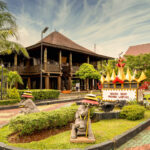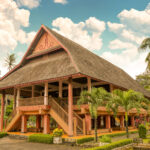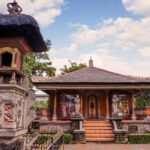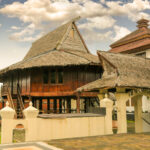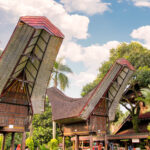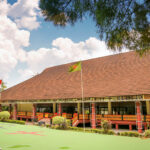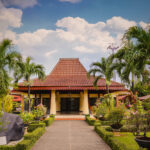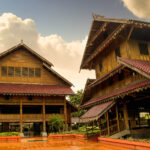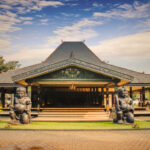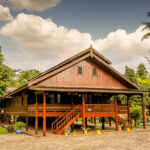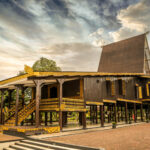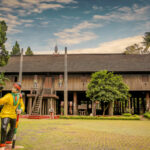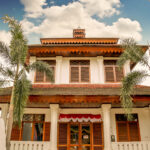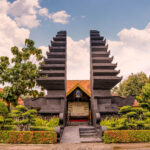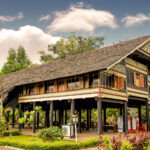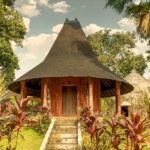Sugeng Rawuh!
At the Yogyakarta Pavilion in TMII, visitors, like a sultan, will be welcomed by two guardian statues, Gupolo, leading them towards the Mataram traditional house.
At the front, there is Kuncungan used to disembark important guests from a chariot drawn by horses. Next, the Grand Pavilion known as Bangsal Kencono becomes the place for receiving guests and artistic performances. Uniquely, this pavilion is constructed without walls, supported by four main pillars named Soko Guru (Main Pillars) and additional supporting pillars, all intricately carved with distinctive patterns representing Hindu, Buddhist, and Islamic influences.
The central area is called Pringgitan, derived from the word Ringit, meaning shadow puppets. It is no surprise that this space serves as a stage for shadow puppet performances, with a room named Longkangan used by dancers for practice. Finally, the inner part of the traditional house is called Dalem Ageng, also known as Bangsal Proboyekso.
DID YOU KNOW?
The philosophical axis of Yogyakarta is an imaginary line stretching from Mount Merapi to Parangkusumo Beach. This line narrates the journey of human life, from the first breath to the arrival of death. It also traverses other historical landmarks, such as Panggung Krapyak, Tugu Yogyakarta, and the royal palace.



